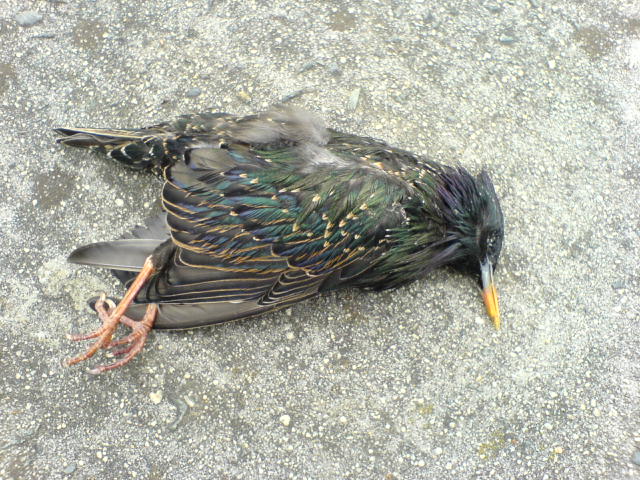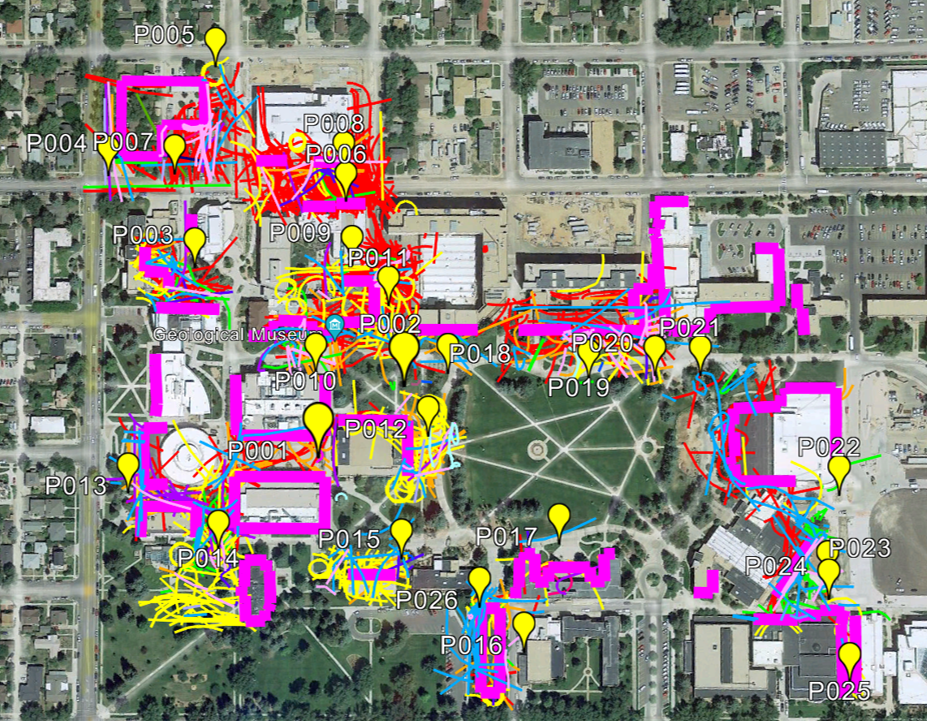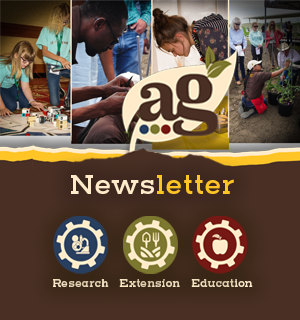Thunk! As you peer out the window, a small feathered object hits the glass and bounces to the ground. It’s another bird-window collision. But do you know what kind of bird it is? And how many of its kind bonk into windows annually?

These are the questions driving Katie Schabron’s research. An undergraduate researcher in the UW Department of Zoology and Physiology, she became involved in the UW Bird-Window Collision Project1 in 2023.
With funding from the Wyoming Research Scholars Program (WRSP) and NASA, Schabron has developed and implemented data collection protocols for observing and recording bird-window collisions on UW’s Laramie campus.
Window strikes kill approximately 300 to 900 million birds annually, and Schabron hopes that her research will ultimately help reduce fatal collisions on campus.
Bird behavior and mortality
In summer and fall 2023, Schabron monitored 82 building facades (some of which were different sides of the same building) on UW’s Laramie campus. She visited 28 locations daily, observing bird movement and behavior at each site. She also counted the number of dead or injured birds present.
Schabron selected data collection sites that maximized the number of facades she could safely observe for five minutes without interruption by vehicle traffic. At each site, she recorded the date, time, species, starting height, and final height of every bird observed in a five-minute interval.
Heights were estimated in the field2 by comparing a bird’s flight path to the height of a nearby facade. If a bird struck a window, Schabron also noted whether it flew away, was injured, or died.
While she’s still working on statistical analysis, her data looks promising so far, with far fewer collisions and mortalities than predicted. This might be because there are fewer high-rise buildings in Laramie compared to other university campuses, because there are simply fewer birds passing through campus, or some combination of factors.
“One of my personal predictions is that if buildings are closer together, there will be fewer mortalities because birds can’t achieve higher speeds,” Schabron adds. “If they do strike, they can recover from that.”

Environmental factors
Schabron is also tracking various environmental factors that could potentially affect the number of collisions in a particular location. These factors range from a building’s color and the number of windows on a facade to the presence of different tree species. The goal is to determine whether building features, nearby plantings, or other environmental conditions can be modified to help reduce collisions.
“Ideally, I’d like to find the drivers behind window strikes, specific to species, and determine if there are different deterrents to put on buildings,” Schabron says. “I would love to see UW have zero bird mortalities.”
Citizen science
As she gathered data over the summer, Schabron also helped test and refine an app designed to facilitate citizen science. The app allows students and community members to monitor bird-window collisions as they walk around campus.
“If you see a bird that you think may have struck a window, you can go through stages on the app and send data to us,” Schabron explains. “It’s a new part of our project and we’re hoping to get more people involved.”
To get started, download the Epicollect5 mobile app (available for both Android and Apple devices) and search for “UW Bird Window Collision Report.” Anyone can report a collision, and it only takes a minute or two!
To learn more, contact faculty advisor Patrick Kelley at patrick.kelley@uwyo.edu.
This article was originally published in the 2024 issue of Reflections, the annual research magazine published by the UW College of Agriculture, Life Sciences and Natural Resources.




